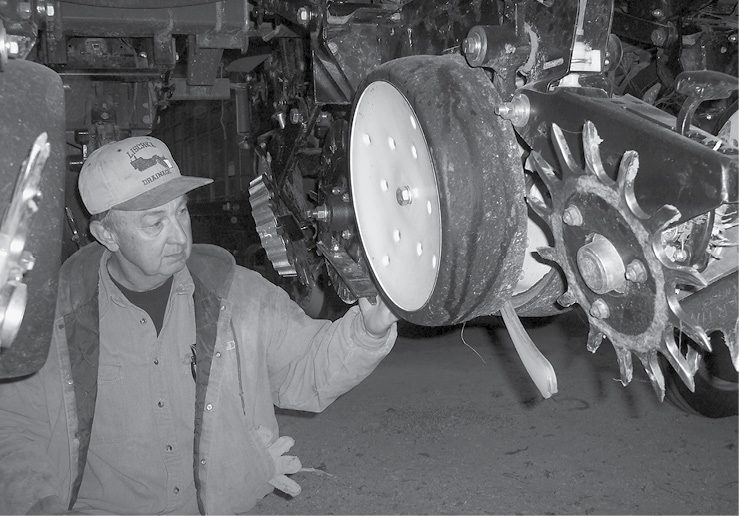No-Till Farmer
Get full access NOW to the most comprehensive, powerful and easy-to-use online resource for no-tillage practices. Just one good idea will pay for your subscription hundreds of times over.

Name: Gary Sommers (Meadowdale Farms Inc.)
Location: Clinton, Wis. Years Of No-Tilling: 20
Acres No-Tilled: 1,500
Crops No-Tilled: Corn, soybeans, soft red winter wheat, cover crops (buckwheat, red clover, berseem clover, oats) µ
The shift to continuous no-tilling on our farm has more or less followed the development of planting equipment suited to this method of farming. Rock County, Wis., which borders northern Illinois, is the top soybean producing county in the state.
Twenty years ago, soil conservation was my main motivation to reduce tillage, even though most of my acreage is not highly erodible. At that time, I was using a chisel plow/field cultivator minimum-till system, but I felt we were still damaging soil tilth and overexposing our fields to potential erosion. Through the years we had made a change from a dairying and hog farrow to finishing setup to a cash grain operation.
No-tilling’s potential for reducing labor and fuel costs was also an important consideration. I handle the field work on 1,500 acres with seasonal help from longtime friend and part-time employee Rick Conway. My cropping plan is still evolving, with a no-till corn and soybean rotation on the majority of fields. An increasing number of acres are in a corn/corn/soybean plan, while on other fields, I’m using a 3-year rotation of corn/soybeans/wheat. I’ve also been no-tilling cover crops into wheat stubble to control weeds and improve soil quality.
With the decision to go no-till, I bought a Crustbuster 15-foot no-till…